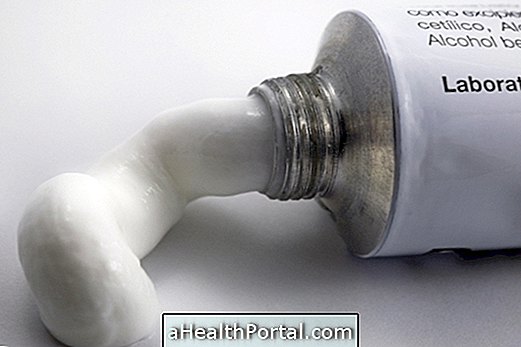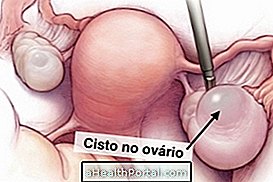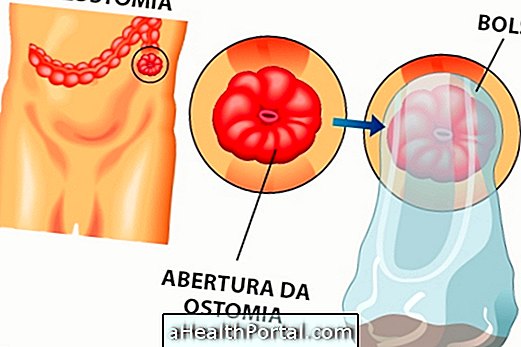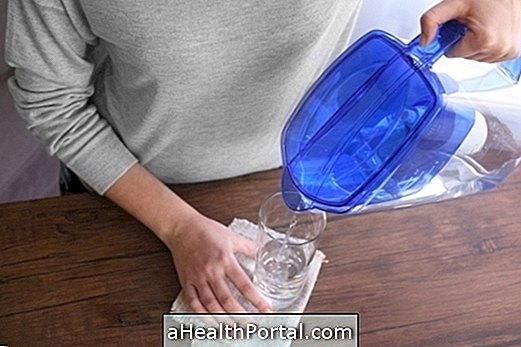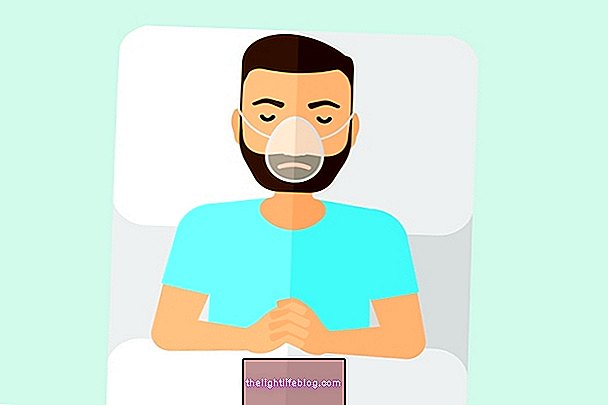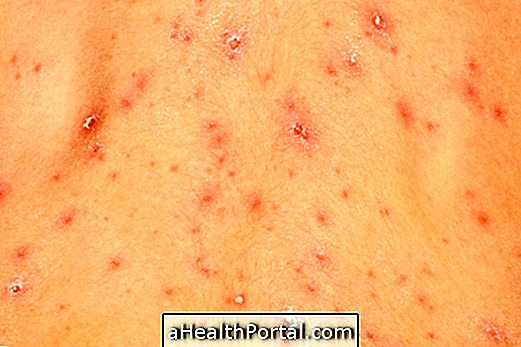Vulvovaginitis is a simultaneous inflammation of the vulva and vagina that is usually caused by infection with viruses, fungi or bacteria. However, it can also happen due to hormonal changes and even due to allergy to chemicals present in some bath foams and creams, for example.
Some of the symptoms that help to identify this inflammation include:
- Irritation and redness of the intima;
- Constant itching;
- Swelling of the inner region;
- Severe smell;
- Light bleeding in the panties;
- Discomfort or burning while urinating.
Although vulvovaginitis can occur in all women and at any age, it is more common in women who have already started sexual activity, since intimate contact facilitates contact with bacteria.

How is the diagnosis made?
In most cases the diagnosis of vulvovaginitis is made by the gynecologist only through the reporting of symptoms of the woman, however, it may also be necessary to collect some vaginal secretion to be analyzed in the laboratory in order to identify the correct cause and start treatment appropriate.
Main causes
There are several causes for the onset of inflammation in the vulva and vagina, the most common of which include:
- Excessive fungi, such as candidiasis;
- Infection by viruses or bacteria;
- Lack of hygiene or wearing tight underwear;
- Infection by parasites such as scabies or worms;
- Sexually transmitted diseases, especially trichomoniasis.
In addition, some women may also develop vulvovaginitis due to hypersensitivity to some chemicals such as parabens or sodium sulfate that are present in soaps, laundry detergents or creams. In these cases, the symptoms appear shortly after using the product and improve when the region is washed with warm water and a suitable intimate soap.
In children, another very common cause is the low level of estrogens in the body that facilitates the development of vaginal infections, causing vulvovaginitis.
How is the treatment done?
Treatment varies according to the cause of vulvovaginitis, and in the case of infection by bacteria antibiotics should be used, while in the case of excess fungus anti-fungal agents should be used, for example. Thus, it is always important to consult your gynecologist to find out the appropriate treatment.
However, it is also possible to do the home treatment to relieve the symptoms and speed up the treatment recommended by the doctor. A good tip is to make a seat bath with 3 tablespoons of apple cider vinegar or coarse salt as it helps to eliminate the microorganisms present and to calm the irritation.
Preference should also be given to the use of cotton underclothes, skirts and dresses that help ventilate the genital area, reducing the risk of worsening infection.
Learn more details on how to properly treat vulvovaginitis.
